- Spies, Lies & Cybercrime
- Posts
- Our Near Future
Our Near Future
Spies, Lies & Cybercrime by Eric O'Neill
Title Story: A mysterious asteroid slips into orbit beside us — a cosmic twin that mirrors our own changing world.
New Technologies of Today: Breakthroughs already reshaping life on Earth — from brain chips that restore sight to AI that builds entire worlds.
New Technologies of The Future: A look ahead at the inventions poised to redefine humanity — fusion power, brain-computer links, and life beyond Mars.
The Age of the Almost-Impossible
The future rarely arrives with a bang. It slips quietly through labs, algorithms, and prototypes until one day it’s ordinary.
Some technologies once dismissed as science fiction are already here. Others hover just beyond the horizon. And a few that once defined modern life are fading fast.
Here’s what’s emerging, what’s coming, and what’s vanishing.
Title Story
The Night Earth Found a Second Moon
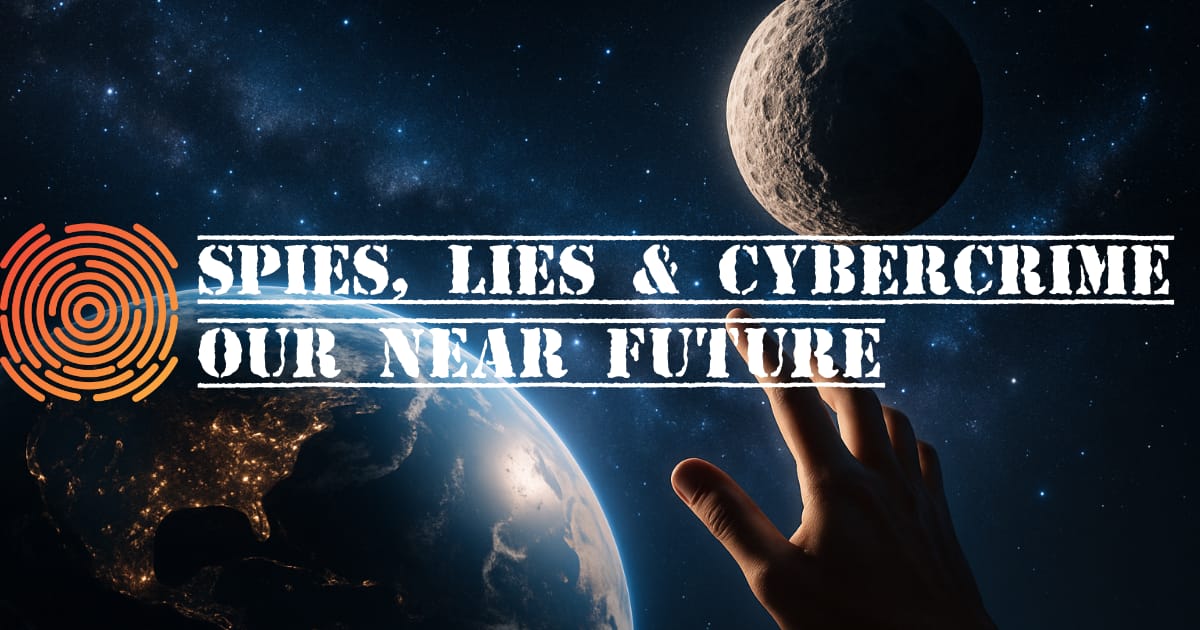
It started as a blip.
At 3:12 a.m., high on Mauna Kea, a graduate researcher noticed something odd in the telescope data — a slow-moving object that shouldn’t have been there. Too steady to be space junk, too dim to be a passing satellite.
Hours later, astronomers confirmed it: a skyscraper-sized asteroid, cataloged as 2025 PN7, had slipped into a gravitational dance with Earth. For the next sixty years, it will circle the Sun in near-perfect sync with our planet — a celestial hitchhiker that, from our vantage point, seems to orbit us. A “quasi-moon.”
It won’t cause tidal shifts or eclipse the night sky. Most of us will never see it without a powerful telescope. But it’s there — trailing our world in quiet synchrony, like a ghost reflection of the Earth we know.
To scientists, it’s a rare orbital alignment.
To storytellers, it’s something more: a symbol of this strange era we’re entering — where the familiar world gains digital shadows, artificial doubles, and parallel versions that orbit just beyond sight.
In this special issue of Spies, Lies & Cybercrime, we’re stepping away from the covert world of espionage and cybercrime to explore the future itself — the technologies transforming what it means to be human… and the relics of the modern age that will soon fade into history.
A second moon. A second world.
Maybe the universe has been trying to tell us something all along.
Just as Earth has found its quiet twin in the sky, humanity is discovering new reflections of itself here on the ground — machines that think, devices that feel, and technologies that learn faster than we can adapt. The future is no longer a distant frontier; it’s orbiting closer every day.
In this issue, we’ll explore the breakthroughs already transforming our world, the innovations that will define the next century, and the technologies we’ll soon leave behind — a guided tour through our near future.
New Technologies of Today
Where science fiction has already crossed into daily life.

Breakthrough brain chip helps the blind see again
Stanford researchers have restored sight to patients with advanced macular degeneration using an implanted micro-chip paired with smart glasses—27 of 32 participants regained the ability to read within a year. The device, called PRIMA, converts infrared images into electrical signals that mimic natural vision, with some users achieving acuity as sharp as 20/42. 🔗 Learn more — Stanford Medicine: Restoring Sight with the PRIMA Implant
Retina E-Paper makes virtual reality indistinguishable from life
A Swedish team has created displays with 25,000 pixels per inch, exceeding what the human eye can discern. Using tungsten-oxide nanoparticle metapixels, the display reflects ambient light like e-paper but refreshes fast enough for video—offering VR so lifelike it’s hard to tell what’s real. 🔗 Learn more — Interesting Engineering: Retina E-Paper Breakthrough
Tesla’s synthetic driving worlds
Tesla now trains its self-driving AI inside simulated universes, driving millions of virtual miles per day. These synthetic environments expose the system to rare hazards—from black ice to kangaroos—without a single fender bender. 🔗 Learn more — MIT Technology Review: Inside Tesla’s Simulation Engine
Nike’s robotic shoes turn running into a cakewalk
Nike’s Project Amplify introduces the world’s first powered running system — shoes that act like a “second set of calf muscles,” propelling recreational runners up hills as if they were on flat ground. Designed for the 10–12 minute mile crowd, the tech blends biomechanics with robotics to reduce strain and boost endurance — though it may be years before this futuristic footwear hits store shelves. 🔗 Learn more — Fast Company: Inside Nike’s Project Amplify Robotic Running Shoes
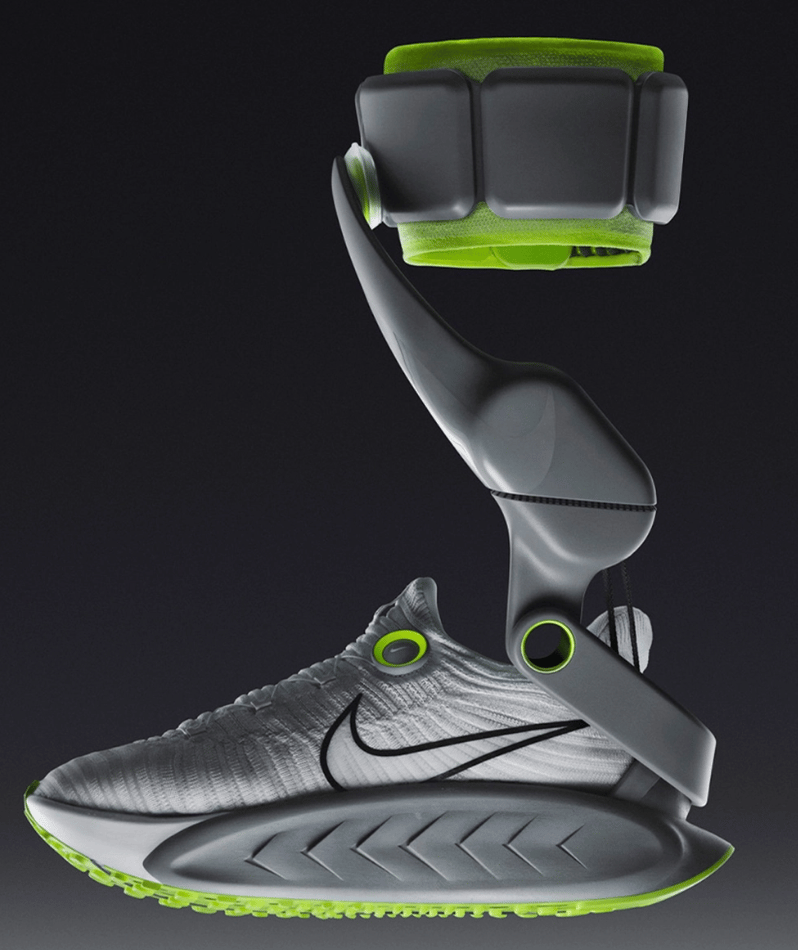
Image Source: Nike
Amazon’s robotic revolution leaks
Internal documents reveal Amazon aims to automate up to 75% of its U.S. operations, replacing roughly 600,000 warehouse workers with mobile robots capable of real-time object recognition and navigation. 🔗 Learn more — The Information: Amazon’s Automation Ambitions
AI agents take the wheel of your browser
New platforms like ChatGPT’s Browser Atlas and Claude Desktop now browse, click, and schedule tasks for you—turning the web into an active assistant instead of a passive tool. 🔗 Learn more — OpenAI Blog: Custom GPTs and Browser Agents
Quantum supremacy draws closer
IBM’s 120-qubit Cat chip and Google’s Willow processor have demonstrated “verifiable quantum advantage,” completing complex calculations 13,000× faster than supercomputers. 🔗 Learn more — Quantum Computing Report: IBM and Google’s Quantum Leap
The boundary between human and machine, digital and physical, is already dissolving.
Like What You're Reading?
Don’t miss a newsletter! Subscribe to Spies, Lies & Cybercrime for our top espionage, cybercrime and security stories delivered right to your inbox. Always weekly, never intrusive, totally secure.
New Technologies of The Future
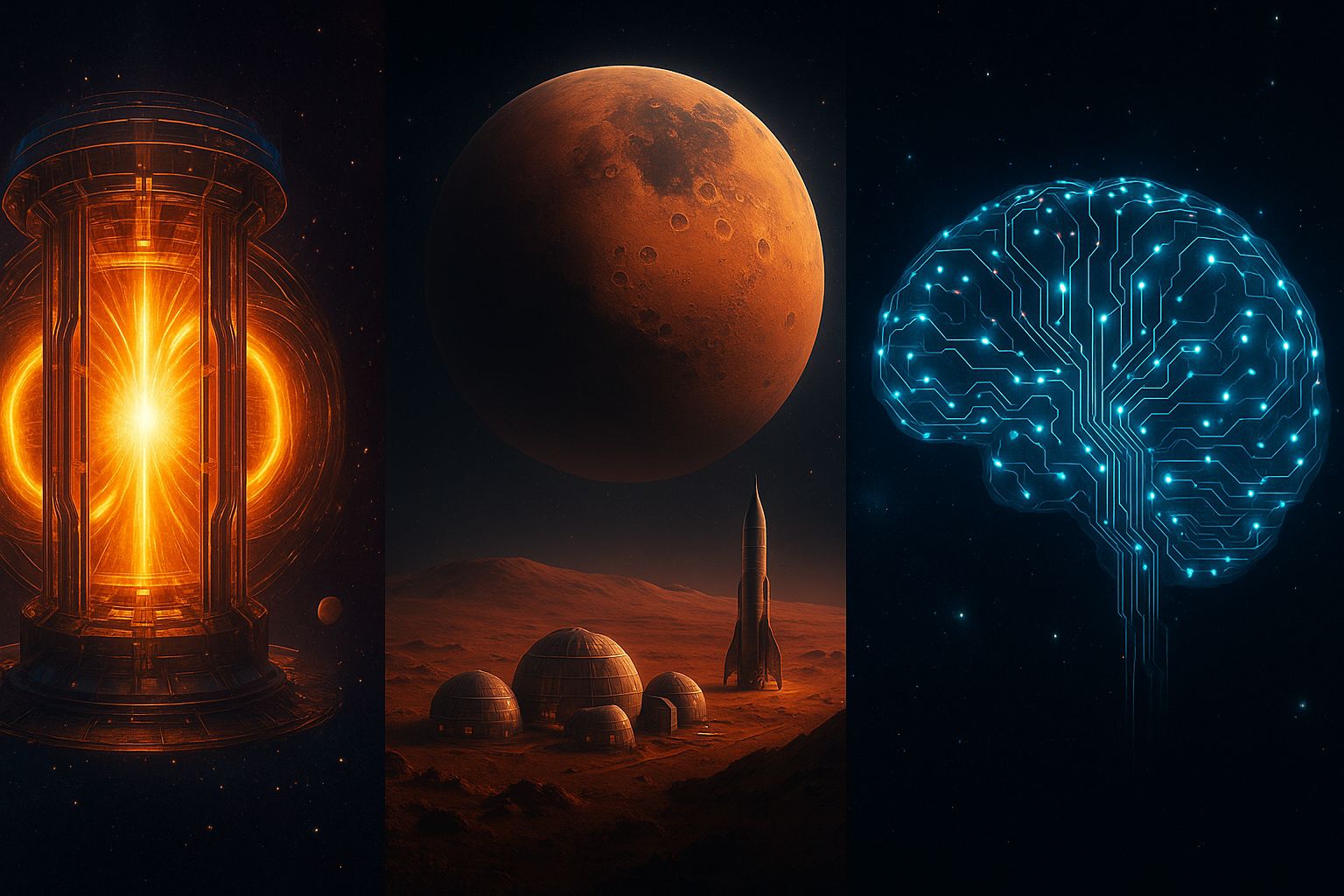
Visions in development that could define the next century
Human-level AI
Within 25 years, AI could match human reasoning and creativity. Neuromorphic processors—chips modeled on the brain—promise intelligence that learns, adapts, and consumes a fraction of current power. 🔗 Learn more — InvestorPlace: Neuromorphic Chips and the Future of AI
Fusion power
Fusion reactors are edging toward commercial reality, with experiments achieving net energy gain and new materials capable of surviving Sun-like plasma. Clean, limitless energy may soon be more than theory. 🔗 Learn more — Nature: Progress Toward Fusion Energy
Quantum internet
Entangled particles could transmit unhackable data across the planet. Early prototypes already link labs via quantum key distribution; next come intercontinental “quantum repeaters.” 🔗 Learn more — Scientific American: Building the Quantum Internet
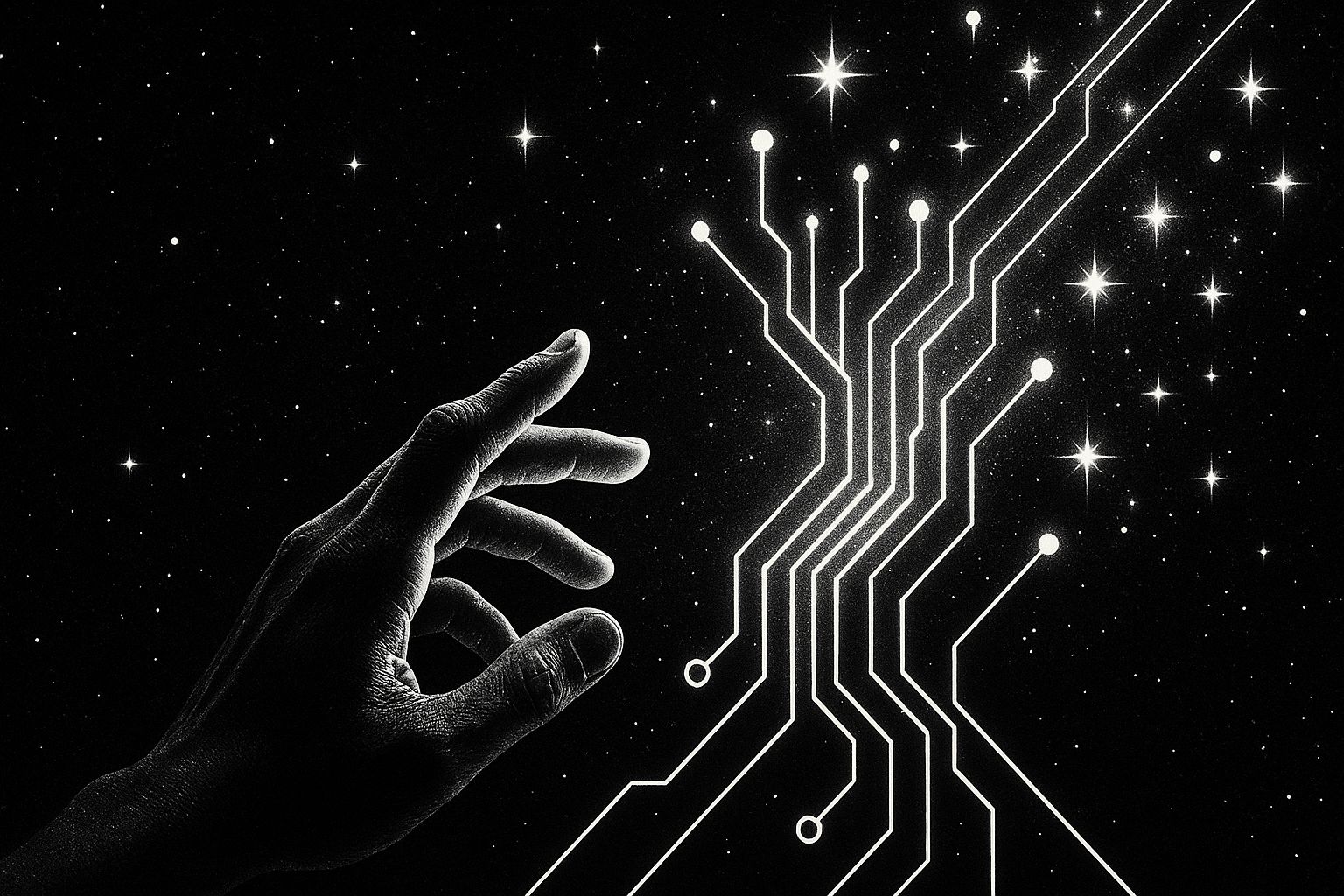
Brain-computer interfaces
Neural chips are decoding inner speech with 74% accuracy and imagined movement in real time. “Telepathic typing” may soon move from experiment to everyday use. 🔗 Learn more — Forbes: AI Can Read Your Thoughts
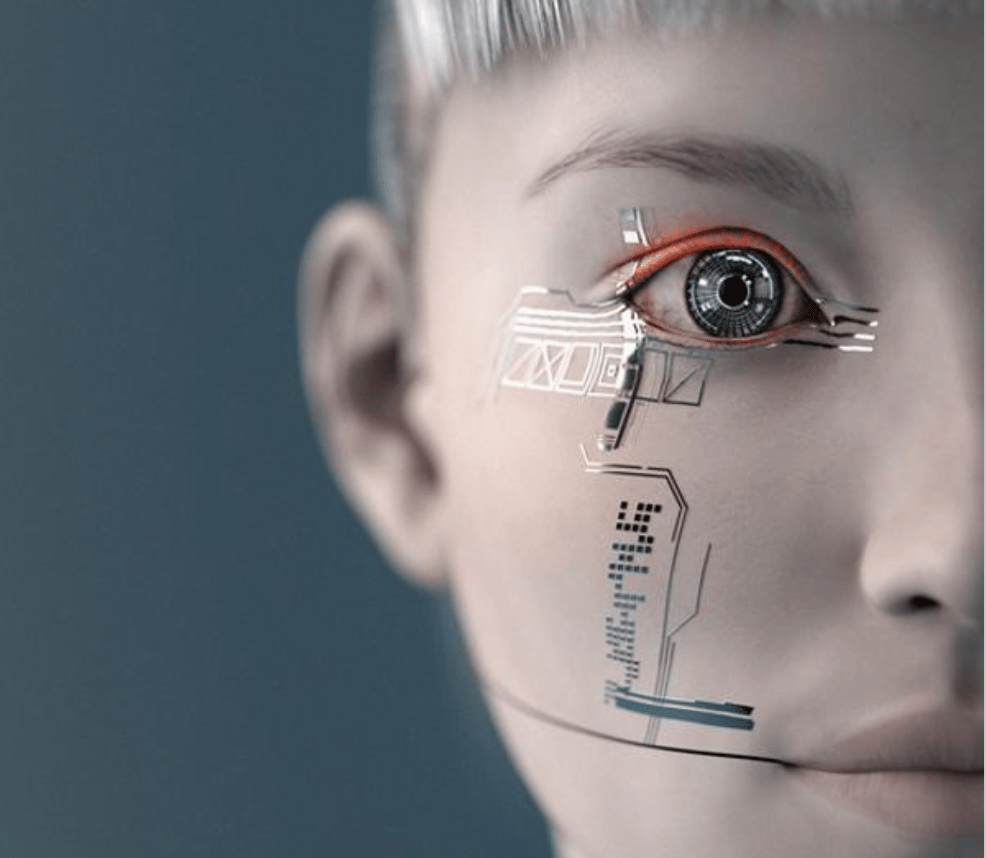
Image Source: Forbes
Asteroid mining
Private companies are eyeing asteroids containing more platinum and nickel than Earth has ever mined. The next gold rush could happen in orbit. 🔗 Learn more — Space.com: The Coming Asteroid Mining Race
Space elevator
Carbon-nanotube cables may one day lift cargo 36,000 km into orbit—no rockets required. New studies suggest it’s more feasible than once believed. 🔗 Learn more — ScienceDirect: Mechanical Challenges of the Space Elevator
Colonies on Mars
NASA and private partners are testing 3D-printed habitats and in-situ resource use for the first human bases on Mars, expected by the 2040s. 🔗 Learn more — NASA: Mars Habitat Challenge
Tomorrow’s engineering projects aren’t dreams, they’re blueprints for the future.
How do you feel about the length of the newsletter? |
Get the Book that Started the Newsletter
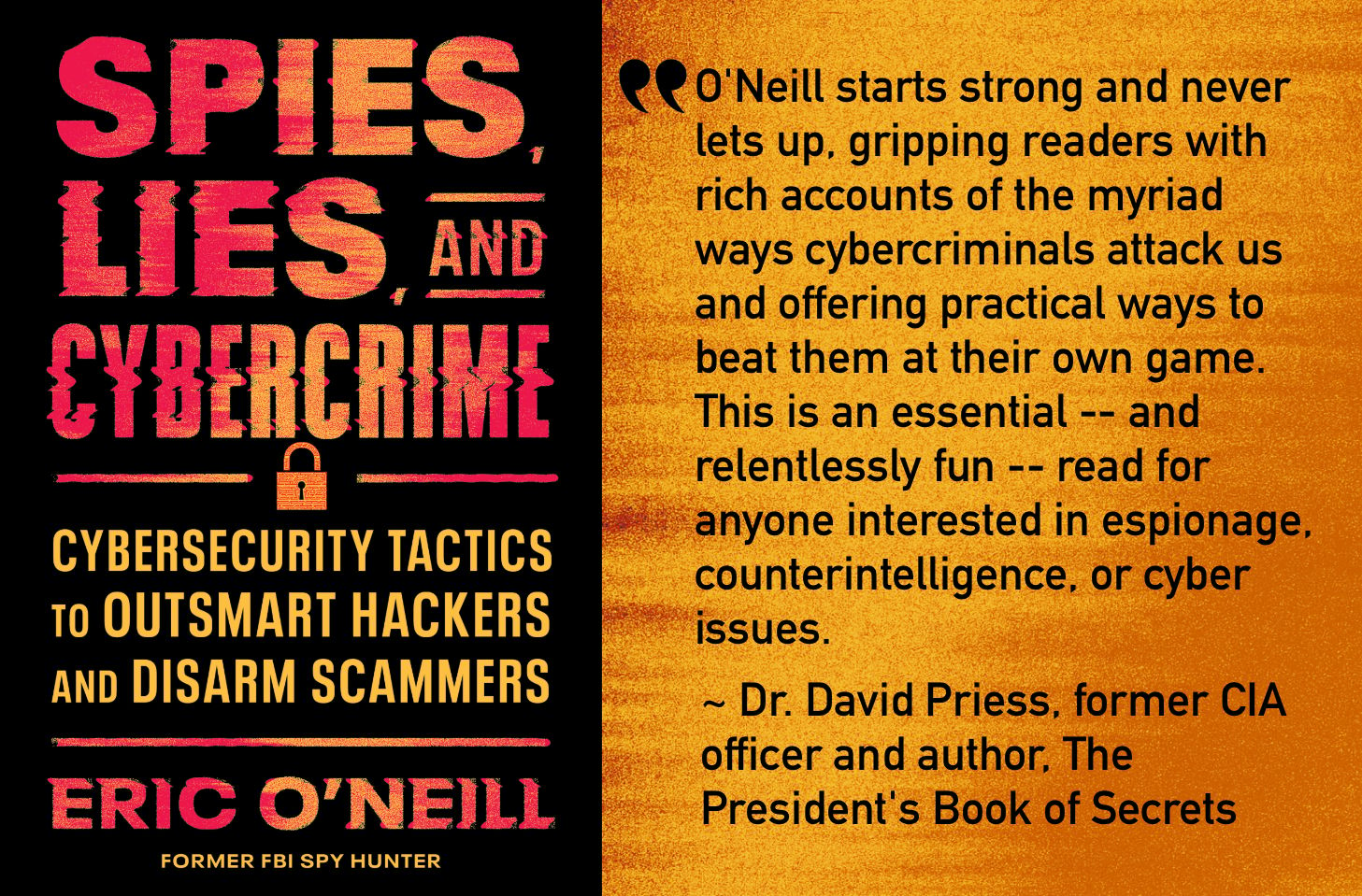
Thanks to all of you, my book, Spies, Lies, and Cybercrime, is an instant national bestseller and an Amazon #1 Bestseller in a dozen categories.
f you haven’t already, please buy SPIES, LIES, AND CYBERCRIME. If you already have, thank you, and please consider gifting some to friends and colleagues. It makes a perfect holiday gift for anyone you want to protect from cyber scams.
Leave a 5-star review on Amazon. Reviews are the secret weapon that triggers Amazon’s algorithm to share the book with thousands of new readers who might not otherwise find it — and might otherwise fall prey to an attack.
Please share! Forward this email to your friends and family. Here's an easy-to-post cover graphic, here's a Linkedin post, here's an IG reel and a post.
Want a SIGNED COPY? Get one here.
“An astonishingly up-to-date review of the tools and techniques used by criminal hackers…O’Neill will have you on the edge of your seat.” —Marc Goodman, New York Times bestselling author of Future Crimes
The future isn’t waiting at the horizon anymore—it’s already orbiting us, quietly reshaping how we live, work, and think. Like our newfound “second moon,” these innovations circle closer each year, altering our gravity without fanfare. Some of what we build will illuminate humanity’s brilliance; some will fade into digital dust. But every advance, every vanished relic, and every artificial twin we create brings us closer to answering the question that has followed us since we first looked up at the stars: what kind of world are we choosing to build next?
Stay Safe,
Eric
A quick word from our sponsor. Please click and check them out!
Personalized Onboarding for Every User
Quarterzip makes user onboarding seamless and adaptive. No code required.
✨ Analytics and insights track onboarding progress, sentiment, and revenue opportunities
✨ Branding and personalization match the assistant’s look, tone, and language to your brand.
✨ Guardrails keep things accurate with smooth handoffs if needed
Onboarding that’s personalized, measurable, and built to grow with you.
Like What You're Reading?
Don’t miss a newsletter! Subscribe to Spies, Lies & Cybercrime for our top espionage, cybercrime and security stories delivered right to your inbox. Always weekly, never intrusive, totally secure.
Let's make sure my emails land straight in your inbox.
Gmail users: Move this email to your primary inbox
On your phone? Hit the 3 dots at top right corner, click "Move to" then "Primary."
On desktop? Close this email then drag and drop this email into the "Primary" tab near the top left of your screen
Apple mail users: Tap on our email address at the top of this email (next to "From:" on mobile) and click “Add to VIPs”
For everyone else: follow these instructions

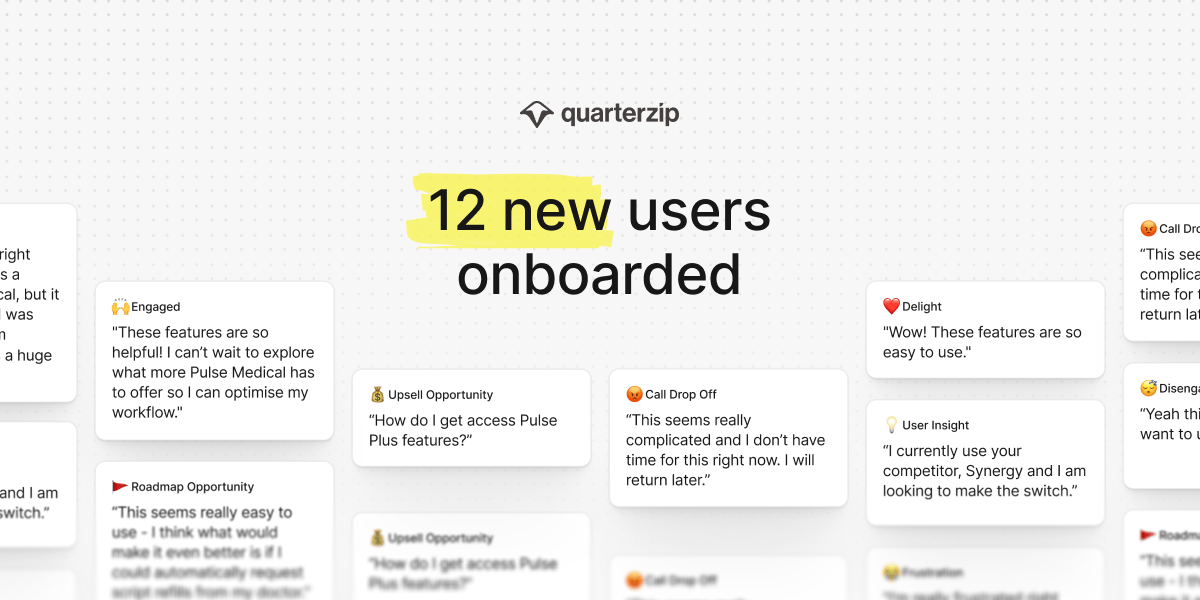
Reply